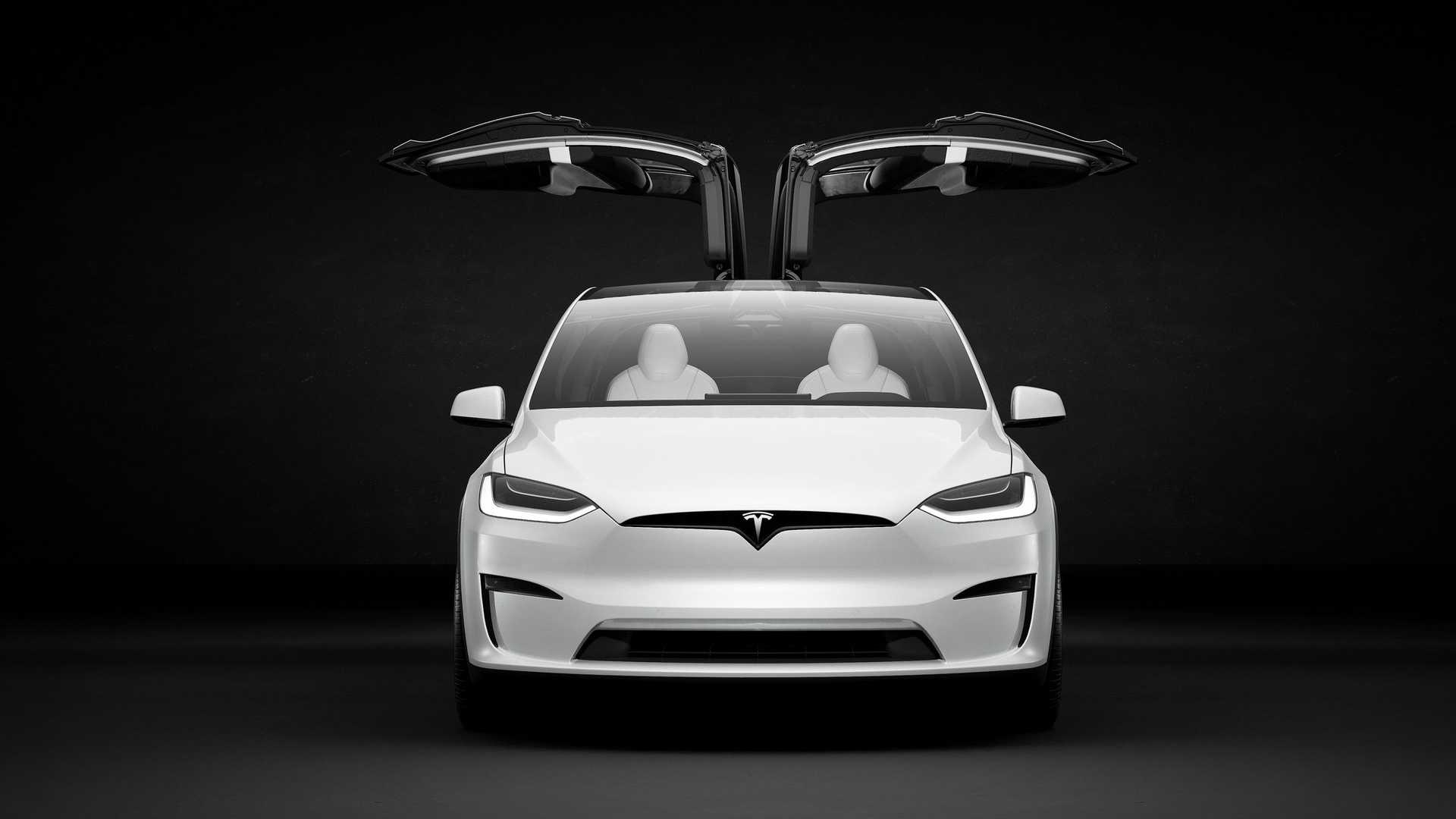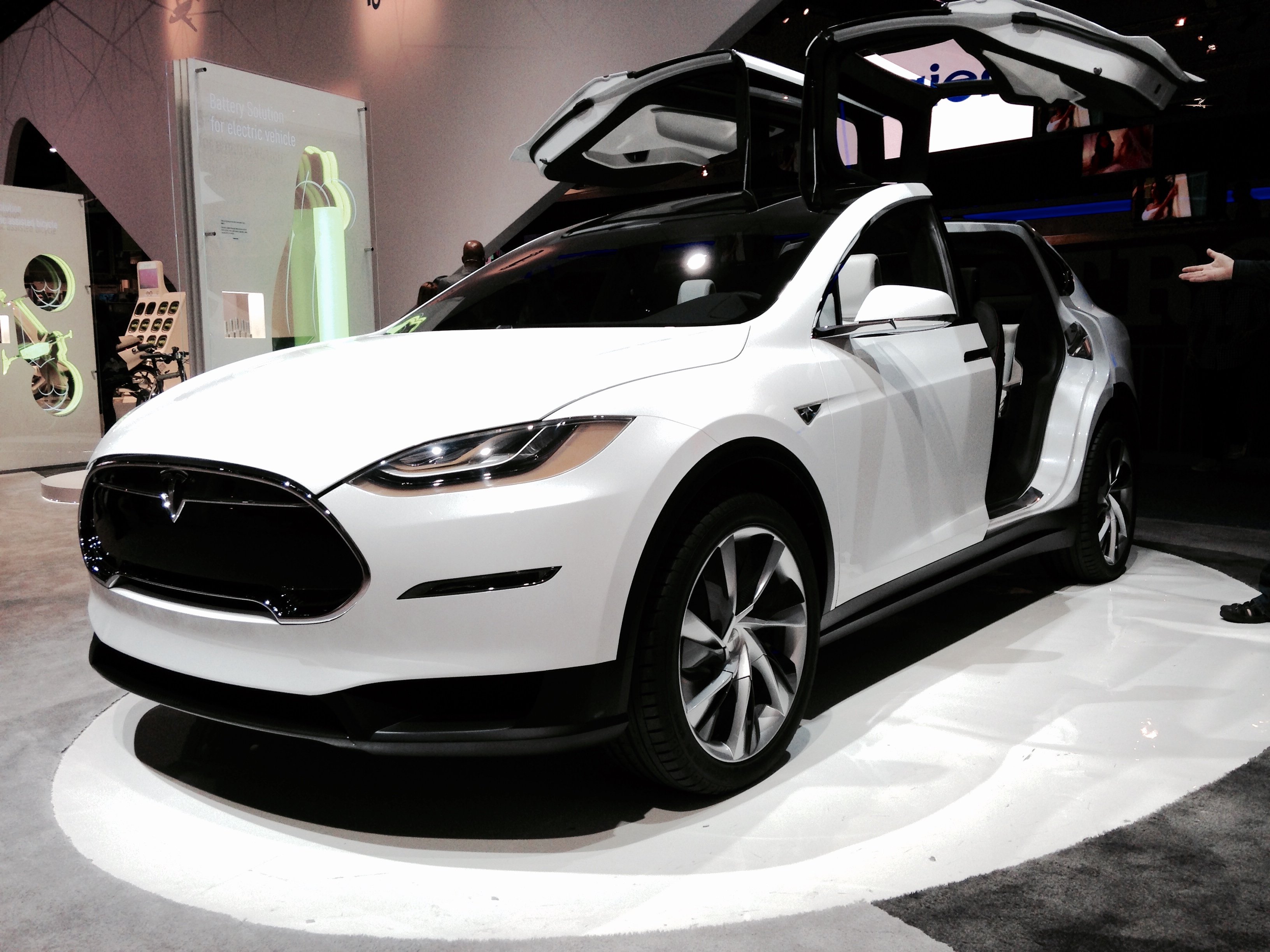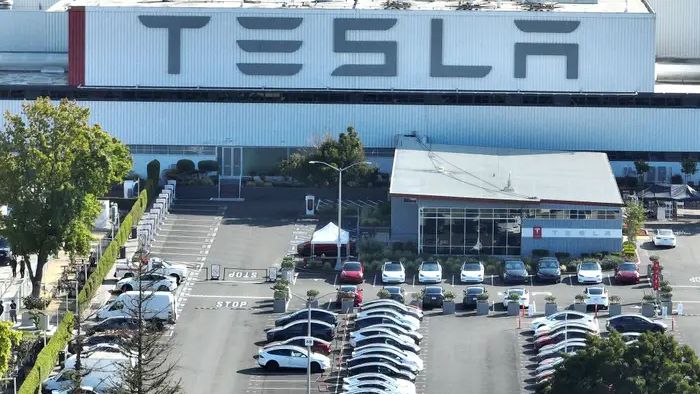Exploring the recent workforce reductions at Tesla unveils crucial insights into the company’s future trajectory and strategic decision-making. As Tesla navigates through workforce challenges, understanding the implications of these layoffs becomes imperative in predicting the company’s next moves. This article delves into the impactful consequences of Tesla’s workforce reduction implications, shedding light on the dynamics shaping its strategic direction amidst the ever-evolving automotive industry landscape.

Reasons and Impact of Workforce Reduction at Tesla
- Tesla has undergone significant workforce reduction, aligning with other major companies, impacting over 10% of its employees.
- Multiple reputable sources, including initial reports by Electrek, have substantiated the layoffs within the company.
- An internal memo disclosed the workforce percentage impacted, although the exact number remains undisclosed.
- Speculation points to a potential impact on around 14,000 employees, considering Tesla’s total workforce.
- CEO Elon Musk cites cost reduction and productivity enhancement as primary reasons driving the decision to reduce the workforce.
- Indicators such as the cancellation of performance reviews foreshadowed the impending layoffs, signaling strategic shifts within the company.

Tesla’s Workforce Growth and Future Prospects
-
Despite recent layoffs, Tesla has continuously expanded its workforce, reaching 140,000 employees in 2023. This growth trajectory showcases Tesla’s ability to strategically reallocate resources, navigate market fluctuations, and invest in key areas to bolster its operations amidst workforce reduction implications.
-
Elon Musk envisions two growth waves for Tesla focused on Model 3 and Y popularity and future low-cost electric vehicles. These strategic focuses underscore Tesla’s commitment to innovation, market adaptability, and long-term sustainability, positioning the company well for future workforce planning and development in the evolving automotive landscape.

Challenges and Delay in Low-Cost Electric Vehicles
The reported delay in the launch of low-cost electric vehicles, anticipated possibly until late 2025, poses significant challenges for Tesla. This delay not only impacts the company’s revenue projections but also raises questions about its commitment to democratizing electric mobility.
Tesla’s potential prioritization of robotaxi development over affordable EVs could have profound implications on its workforce. This strategic shift might divert resources and attention away from the low-cost vehicle segment, affecting employees involved in this project and potentially altering the company’s product roadmap.
The recent wave of workforce reductions at Tesla has hit employees working on low-cost electric vehicles, further complicating the already delayed production timeline. These workforce reductions raise concerns about the company’s ability to deliver on its promise of making electric vehicles accessible to a broader consumer base, potentially reshaping Tesla’s strategic direction in the coming years.

Focus on Robotaxi and Lower Sales Forecasts
-
Tesla’s CEO Elon Musk’s aspirations to launch robotaxi services by a set deadline underscore the company’s strategic shift towards autonomous transportation solutions. This focus on innovation and diversification signals Tesla’s proactive approach to staying at the forefront of the evolving automotive industry.
-
Musk’s caution regarding lower sales growth forecasts raises the possibility of impending cost-cutting measures at Tesla. This strategic adjustment could be a direct result of workforce reduction implications, as the company seeks to streamline operations and optimize resources in response to market challenges.
